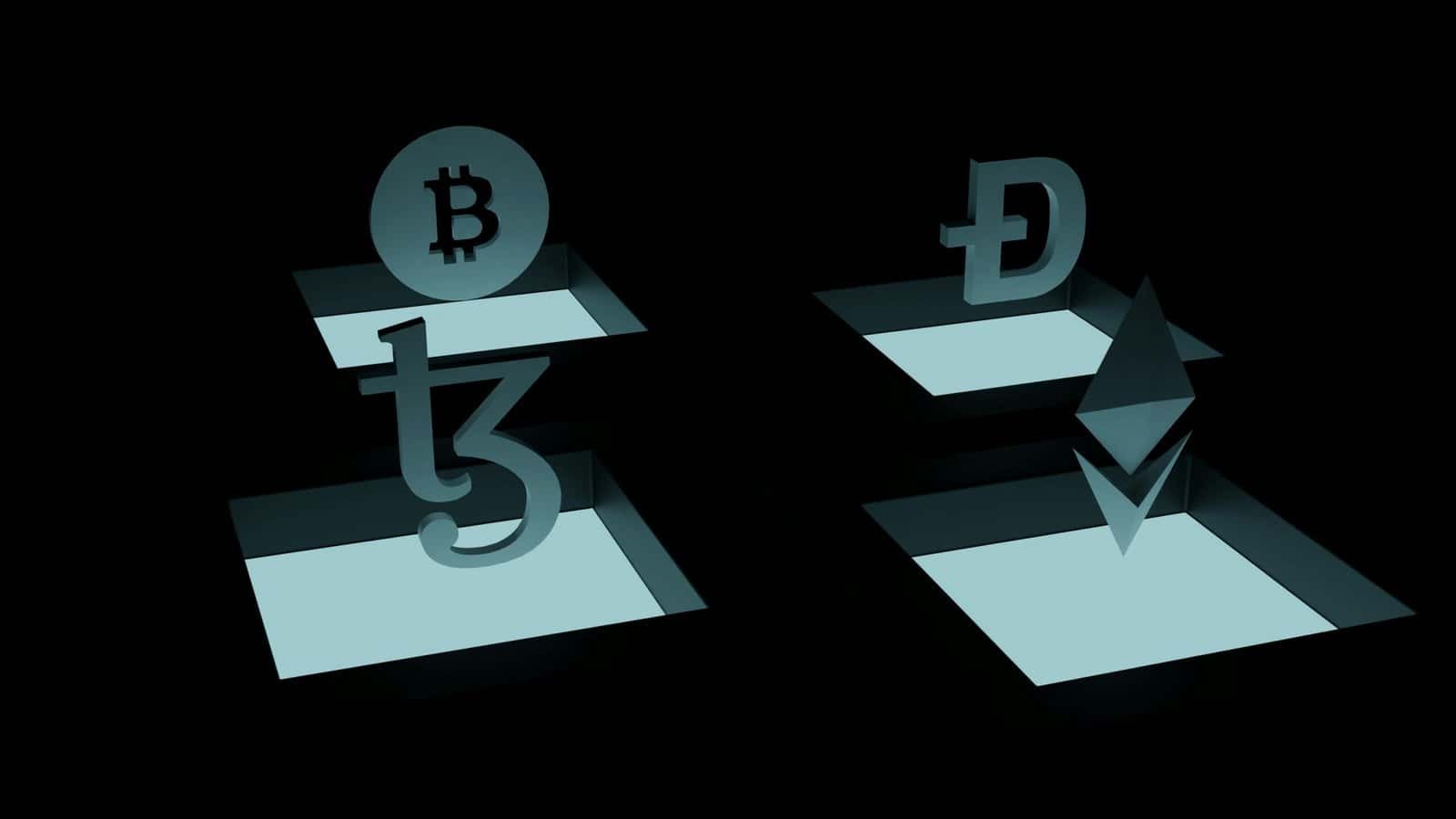Have you ever wondered how blockchain maintains its integrity and trust without a central authority? At the heart of this technological marvel lie consensus algorithms, the unsung heroes ensuring that transactions are valid, secure, and agreed upon by the network’s participants. In simple terms, consensus algorithms dictate how decisions are made within a blockchain, ensuring that all parties involved share a unified view, even without a central overseer.

Understanding Blockchain
Before delving into consensus algorithms, it’s vital to understand what blockchain is. Blockchain is a decentralized digital ledger that records transactions across multiple computers to ensure security and transparency. Each “block” in the chain contains multiple transactions, and the chain grows as new blocks are added.
How Blockchain Works
Blockchain operates on a peer-to-peer (P2P) network of computers, also known as nodes. When a transaction is initiated, it is verified by these nodes through a consensus mechanism before being recorded on the blockchain. This process ensures that only legitimate transactions are added, creating an immutable and transparent ledger.
Defining Consensus Algorithms
Consensus algorithms are mechanisms or protocols used to achieve agreement on a single data value among distributed processes or systems. In the context of blockchain, they ensure that the numerous independent nodes in a network agree on the state of the network.
Role of Consensus Algorithms
The main role these algorithms play in blockchain includes:
- Ensuring Agreement: They help nodes agree on adding new blocks to the blockchain.
- Maintaining Integrity: They protect the system from fraudulent activities and double-spending.
- Building Trust: They enable trust in a decentralized network.

Types of Consensus Algorithms
Several types of consensus algorithms exist, each with its pros and cons. Here’s a breakdown of the most notable ones and their roles in blockchain:
Proof of Work (PoW)
Known as the earliest and one of the most popular consensus algorithms used by Bitcoin, PoW requires nodes to solve complex mathematical puzzles to validate transactions. Once solved, the block gets added to the blockchain.
- Advantages: High level of security due to the difficulty of solving puzzles.
- Drawbacks: Energy-intensive and requires a massive computational effort.
Proof of Stake (PoS)
In contrast, PoS selects validators based on the amount of cryptocurrency they hold and are willing to “stake” or lock up.
- Advantages: Energy-efficient and faster than PoW.
- Drawbacks: Can lead to wealth centralization, as more cryptocurrency means more power.
Delegated Proof of Stake (DPoS)
An evolution of PoS, where stakeholders vote for a small number of delegates who validate transactions and maintain the blockchain.
- Advantages: Quick transaction speeds and highly scalable.
- Drawbacks: More centralized than PoS, as only a few delegates hold the power.
Byzantine Fault Tolerance (BFT)
Derived from the Byzantine Generals Problem, where consensus must be reached despite nodes potentially acting maliciously.
- Advantages: Can handle some node failures and malicious nodes.
- Drawbacks: May become inefficient as the network size grows.
Proof of Authority (PoA)
Validators are pre-approved and identities are known. This algorithm is typically used in private blockchains.
- Advantages: Incredibly efficient, with high transaction speeds and security.
- Drawbacks: Lacks decentralization as authority is concentrated in known validators.
Here’s a table summarizing the pros and cons of each consensus algorithm:
| Consensus Algorithm | Advantages | Drawbacks |
|---|---|---|
| Proof of Work (PoW) | High security, proven reliability | Energy-intensive, slow |
| Proof of Stake (PoS) | Energy-efficient, faster | Wealth centralization, potential for monopolies |
| Delegated PoS (DPoS) | Quick transactions, scalable | More centralized, limited number of validators |
| Byzantine Fault Tol. | Handles node failures/malicious nodes | Less efficient with larger networks |
| Proof of Authority | Efficient, secure, high transaction speed | Lacks decentralization, known validators only |

How Consensus Algorithms Enhance Security
One of the primary functions of consensus algorithms is enhancing the security of blockchain networks. By ensuring that all nodes agree on the network’s state, these algorithms protect against malicious activities like double-spending and 51% attacks, where a single entity gains control of the majority of the network’s computational power.
Double-Spending
Double-spending is the risk that a digital currency can be spent more than once. Consensus algorithms mitigate this by ensuring a transaction can only be recorded once all nodes agree, thus maintaining the network’s integrity.
51% Attack
A 51% attack occurs when a single participant or entity gains control of more than 50% of the network’s computing power. Consensus algorithms help protect against this by making it computationally and financially infeasible to hold such control, especially in widely distributed networks.

The Future of Consensus Algorithms in Blockchain
As blockchain technology continues to evolve, so do consensus algorithms. Researchers and developers are continually seeking better, more efficient methods to enhance the scalability, security, and speed of transactions.
Hybrid Approaches
The future might see more hybrid models, combining features of different consensus algorithms to balance their benefits and mitigate their limitations. This could result in blockchains that are not only fast and secure but also more sustainable and fair.
Scalability Improvements
The increasing adoption of blockchain necessitates solutions for scalability. Future algorithms must address the need to scale without hindering security and efficiency, ensuring blockchain remains viable for both public and private applications.

Conclusion
Understanding the role of consensus algorithms is crucial in appreciating how blockchains function seamlessly in a decentralized environment. These algorithms not only ensure agreement among nodes, maintain blockchain integrity, and enhance security but also shape the future of this transformative technology. As the technology evolves, so will the consensus mechanisms, promising a future where blockchain becomes even more integral to various industries.
Your grasp of blockchain technology deepens as you explore consensus algorithms, showing how critical they are in maintaining a trustworthy and robust decentralized ledger. The road ahead will undoubtedly bring exciting advancements, with consensus algorithms at the heart of blockchain’s progressive journey.
